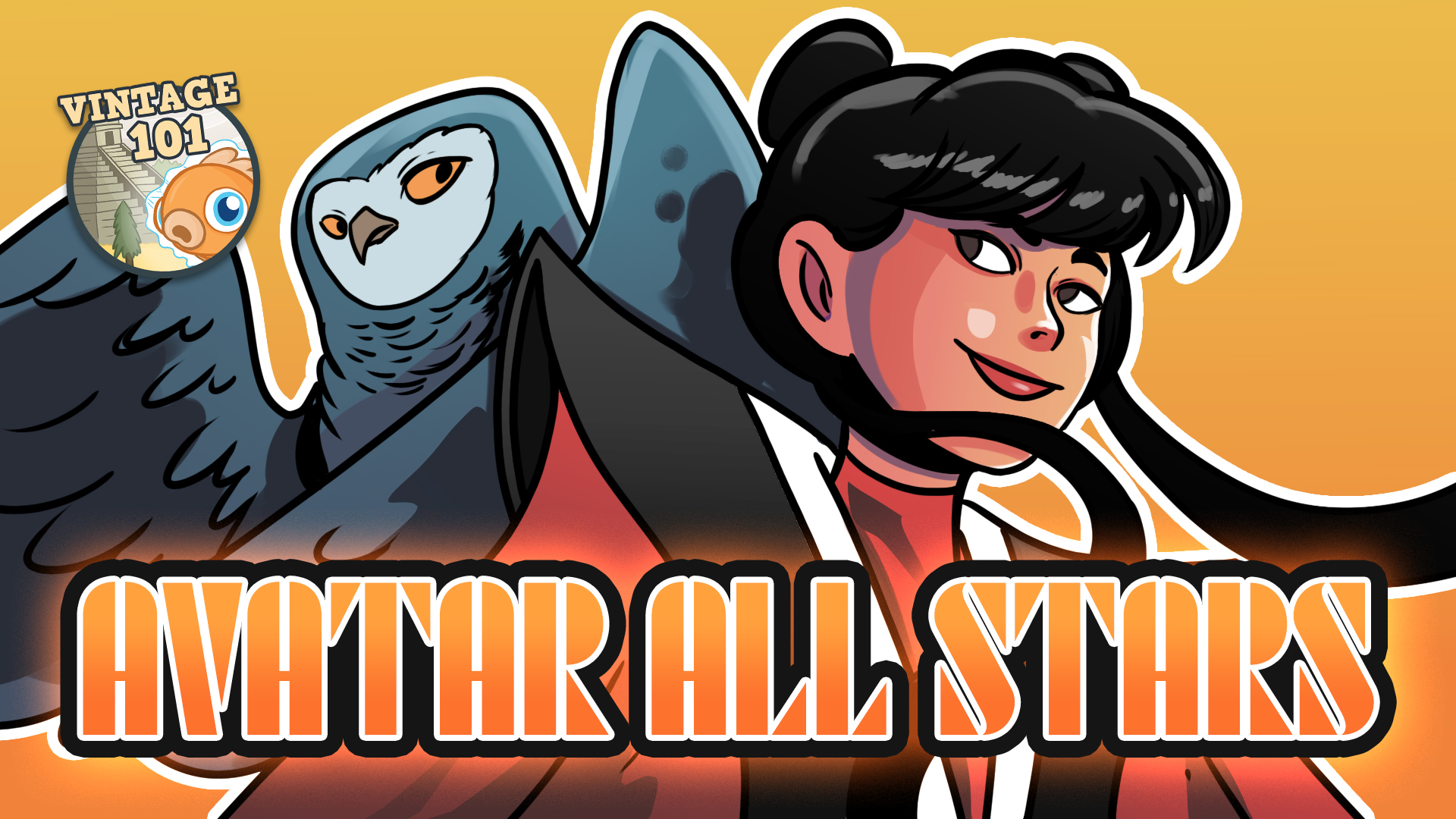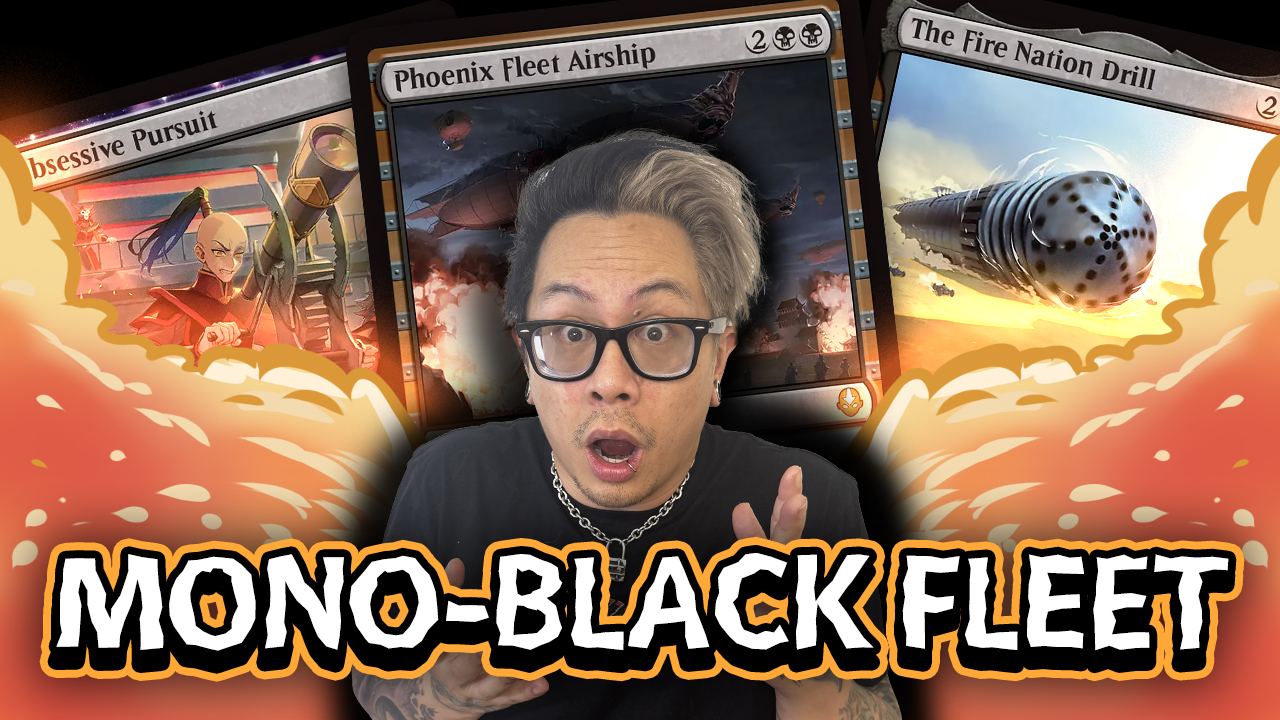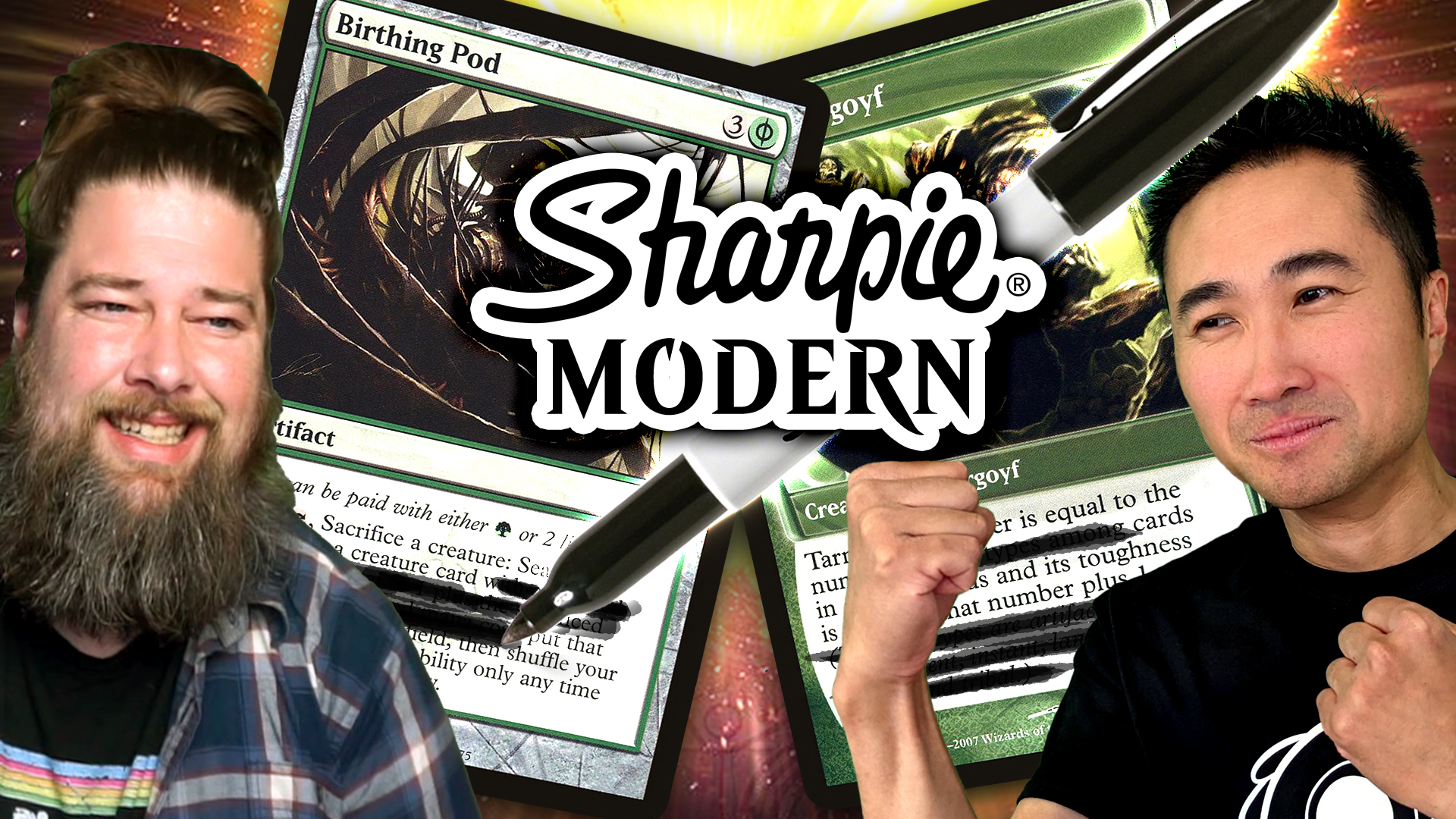Mythic Investments: Part One - Zendikar Block
A couple of days ago I started working on an article about Elves as part of the Tribes of Zendikar series. As I browsing through Gatherer writing about the various Elf lords, I came across Master Biomancer, a recently rotated mythic with a strong spread and casual potential. When I started to write about Master Biomancer, I realized I was working on the wrong article. Instead of writing about Elves, I wanted to be writing about mythics.
Initially I planned to cover several blocks in this article, but I soon realized that would end up being more of a book, so I shifted gears once again and decided to focus just on the Zendikar block in this article, and turn the rest of my mythic research into a series. The downside of this new strategy is that it's difficult to make any definitive, big picture statements based on this article — the sample size is too small. On the other hand, breaking the research down into smaller chunks allows us to go much more in-depth on specific sets.
Here is my initial list of questions I'll be looking to answer over the course of the series:
- Are rotating mythic rares good investments?
- If so, can you just buy any (or even all) mythic rares, or do only specific mythics pay off?
- What different categories of mythics are there?
- Are specific categories of mythics more or less likely to be reprinted than others?
- In which type of sets are mythics likely to be reprinted?
I'm sure I'll think of more as the series goes on, but this is what I'm starting out with. Anyway, enough rambling; let's talk Zendikar!
Zendikar


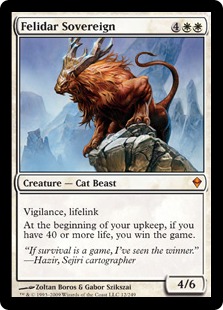
| Card | Rotation Low | Current Price | Percent Increase | Reprint? | Characteristics |
| Warren Instigator | $2.80 | $18.30 | 553.57 % | N | |
| Iona, Shield of Emeria | $5.50 | $18.60 | 238.18 % | Y | Eternal Playable. Still up despite MM2 reprint. |
| Sorin Markov | $6.30 | $16.00 | 153.96 % | Y | M13 reprint didn't hurt price, but likely slowed growth. |
| Nissa Revane | $5.90 | $13.00 | 120.34 % | N | |
| Eldrazi Monument | $3.80 | $11.40 | 200 % | N | |
| Felidar Sovereign | $3.10 | $10.70 | 245.16 % | N | |
| Chandra Ablaze | $3.80 | $8.50 | 123.68 % | N | |
| Lotus Cobra | $6.70 | $7.92 | 18.21 % | Y | GP Promo seems to have limited potential. |
| Ob Nixilis, the Fallen | $1.90 | $6.74 | 254.74 % | N | |
| Mindbreak Trap | $1.90 | $6.40 | 236.84 % | N | |
| Kalitas, Bloodchief of Ghet | $2.50 | $5.50 | 120 % | N | |
| Eternity Vessel | $0.70 | $1.60 | 128.57 % | N | |
| Rampaging Baloths | $1.90 | $1.40 | -26.32 % | Y | Had nearly doubled in price before C13 reprinting. |
| Lorthos, the Tidemaker | $0.70 | $1.40 | 100 % | Y | Up despite C14 reprinting. |
| Obsidian Fireheart | $0.80 | $1.30 | 62.5 % | N | |
| Totals | $3.22 | $8.58 | 165.84 % |
Some notes on Zendikar: First, most cards hit their floor between August 2011 and January 2012, so it has been almost four years sine these cards rotated and nearly six years since they were first printed. In this time, Zendikar mythics are up an average of 168 percent. This averages out to 41.46 percent growth per year. During this time, 33.33 percent of these cards have been reprinted (including the GP Promo for Lotus Cobra) and if we break these cards down into categories, we have one eternal playable, one casual all-star, one nostalgia reprint, and two-low end mythics. Maybe more interesting, despite their reprintings, these cards are still worth more — significantly more in some cases — today than they were at rotation. In fact, only one Zendikar mythic is worth less now compared to January 2012 (Rampaging Baloths).
Worldwake



| Card | Rotation Low | Current Price | Percent Increase | Reprint? | Characteristics |
| Jace, the Mind Sculptor | $56.60 | $95.00 | 67.84 % | Y | Eternal staple. Limited FTV reprinting reeled in price. |
| Dragonmaster Outcast | $4.00 | $16.50 | 312.5 % | N | |
| Omnath, Locus of Mana | $3.00 | $9.10 | 203.33 % | Y | Casual all star. Limited FTV reprinting appears to have had little effect. |
| Eye of Ugin | $2.00 | $6.60 | 120 % | Y | Fringe modern playable. MM2 reprinting (at rare) cut price in half, still up big. |
| Admonition Angel | $1.70 | $5.10 | 200 % | N | |
| Avenger of Zendikar | $3.80 | $4.80 | 26.32 % | Y | Multiple unlimited reprintings killed price; still up slightly. |
| Abyssal Persecutor | $4.30 | $2.70 | -37.21 % | Y | C14 reprinting and lack of play lead to decline. |
| Novablast Wurm | $1.00 | $2.40 | 140 % | N | |
| Wrexial, the Risen Deep | $0.90 | $2.20 | 144.44 % | N | |
| Comet Storm | $1.10 | $1.10 | 0 | Y | Multiple reprintings, no change. Illuminates the benefits of bulk mythic specs (you can't lose $). |
| Totals | $7.84 | $14.55 | 85.69 % |
On first glance, it looks like Worldwake has been reprinted into the ground with 70 percent of its ten mythics seeing some sort of second printing, but this number is deceiving. I'd argue that From the Vault reprintings shouldn't really count in our analysis (or, if anything, should count as some fraction of a reprinting) because their supply is so limited that they don't do much to impact prices. Otherwise, we are left with five reprintings: one eternal playable in Eye of Ugin, one casual all-star in Avenger of Zendikar, and three low-end mythics. Just like Zendikar, four years post rotation Worldwake only has one card that is worth less today than October 2011, and overall Worldwake mythics have grown at an average of 21.42 percent annually.
Rise of the Eldrazi



| Card | Rotation Low | Current Price | Percent Increase | Reprint? | Characteristics |
| Emrakul, the Aeons Torn | $9.90 | $39.20 | 295.96% | Y | Eternal staple. MM2 reprint trimmed price, but still up huge. |
| Kozilek, Butcher of Truth | $9.30 | $37.90 | 307.53 % | Y | Eternal playable. MM2 reprint trimmed price, but still up huge. |
| Linvala, Keeper of Silence | $5.40 | $35.00 | 548.15 % | N | |
| Ulamog, the Infinite Gyre | $10.80 | $29.20 | 180.37 % | Y | Eternal playable. MM2 reprint trimmed price, but still up huge. |
| Vengevine | $9.10 | $19.80 | 117.98% | Y | Eternal playable. GP Promo appears to have had little impact on price or growth. |
| Nirkana Revenant | $4.80 | $16.20 | 237.50 | N | |
| Khalni Hydra | $4.20 | $12.60 | 200 % | N | |
| All is Dust | $6.90 | $12.10 | 75.36 % | Y | Fringe Modern playable. MM2 reprinting (at rare) killed price, but still up. |
| Lighthouse Chronologist | $3.60 | $9.10 | 155.56 % | N | |
| Sarkhan the Mad | $4.20 | $8.10 | 92.16 % | N | |
| Kargan Dragonlord | $4.20 | $6.80 | 61.9 % | N | |
| Transcendant Master | $3.20 | $5.70 | 78.13 % | N | |
| Gideon Jura | $8.30 | $5.00 | -43.82 % | Y | M13 reprinting hurt prices significantly. |
| Cast Through Time | $0.70 | $1.60 | 128.57 % | N | |
| Hellcarver Demon | $0.80 | $1.10 | 37.5 % | N | |
| Totals | $5.69 | $15.96 | 180.49 % |
Out of all the sets in Zendikar block, the mythics of Rise of the Eldrazi represent the best rotation investment in hindsight. Overall this group increased at an annual rate of 45.12 percent despite the fact that all four Eldrazi mythics got reprinted in Modern Masters 2015. Of the six cards that have been reprinted from the set, all see some amount of eternal play, although at this point Gideon Jura might be better cast as a casual all-star..
Zendikar Block Wrap Up
All in all, Zendikar block boasts 40 mythic rares. 10 are best characterized as "eternal" cards (they are Modern or Legacy playable on some level), another 10 are casual-all stars (i.e. very popular in EDH or on kitchen tables), 10 are mid-priced mythics (but not necessarily casual staples), and the other 10 are low-end mythics. How did each of these groups fair in reprintings over the past four years?
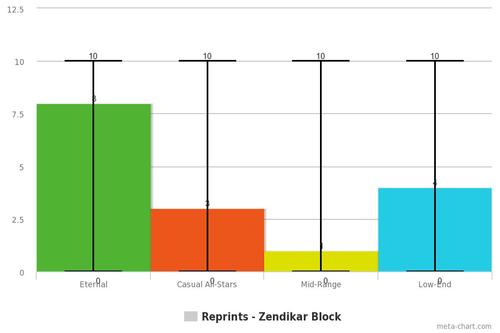
This chart shows any reprinting including everything from unimpactful From the Vault reprints and Grand Prix Promos, to the value-crushing Commander decks. By this metric, eternal playable mythics (which are typically the most expensive mythics) are by far the most likely to be reprinted, with a full 80 percent getting a second print. Coming in second and third are low-end mythics and casual all-stars which come in at 40 and 30 percent reprinted. On the other hand, mid-range mythic (cards currently in the $5 to $10 range but that are not obvious EDH/casual staples like Omnath, Locus of Mana) almost never get reprinted. Still, I'm not completely happy with these results because they don't take into account where a card is reprinted, and there is undoubtedly a massive difference between being reprinted in a Commander deck that will sit on big-box store shelves for a year, and something like the From the Vault series which is an extremely limited release.
To account for the differing supply of various sets and supplemental products, we need to look at weighted reprint rates. Figuring out how to weight each set mathematically would be easy if Wizards would release print run data, but they do not, so how I've weighted reprints represents a combination of research, observation and my subjective experience. If you have any suggestions on how to improve this formula, or can think of anything I've missed, make sure to let me know in the comments. Here's what I've got so far:
Unlimited Supply (x1): Any expert level expansion, Commander Decks, Duel Decks, Pre-Release Promos (under the old system with one card per prerelease) and the spring supplemental product (Conspiracy, Planechase, Archenemy, etc).
Available Supply (x0.5): Modern Masters, all Promos (FNM, GP, WMCQ, etc) except for old-system Prerelease and Judge.
Limited Supply (x0.25): Commander's Arsenal, From the Vault, Judge Promos, and other limited release products that may appear in the future.
Let's look at the reprints of Zendikar block mythics again, but using this weighted methodology. For any group, the maximum score is ten (which would represent an unlimited supply reprint of each card in the category).
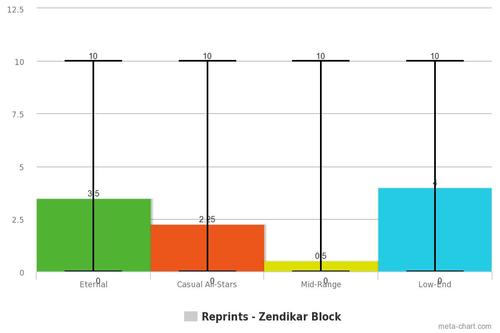
When you consider the supply of the sets where cards were reprinted, the reprint rate for eternal cards is more than cut in half. In fact, not a single eternal playable was reprinted in an "unlimited supply" set. Meanwhile, casual-all stars and low-end mythics are almost always reprinted in unlimited supply supplemental products.
At first glance this data seem to support the theory of reprint equity (unfortunately the sample size is small, so we will know more once we work our way through other sets and blocks). Basically, it suggests that Wizards knows better than to "waste" their premium mythics (eternal playables) on unlimited supply reprintings. Plus, by reprinting them in limited supply releases, they achieve three goals:
- They preserve equity: Just look at the Eldrazi in Modern Masters 2015. Sure, they decreased in price, but it's not like they are worthless. By sticking Jace, the Mind Sculptor in From the Vault: Twenty and Emrakul, the Aeons Torn in Modern Masters 2015, they make sure there is still some money left in the bank account for a rainy day. If they had stuck these cards in a Commander deck or expert expansion, the value would be diminished to the point where they would be worthless for several years, if not forever. (tldr; No fetches in Commander 2015).
- They make collectors happy: By collectors, I mean anyone who is already invested in these cards. This can range from someone who has a stack of 50 Jace, the Mind Sculptor they picked up at prerelease as an investment, to someone who just built their first Legacy deck. Reprinting high-end cards in an unlimited supply set creates ill-will with people who already own the reprinted card and discourages people from buying expensive cards out of fear of losing significant value upon reprinting. By using limited reprintings, Wizards can increase supply (slightly) while still rewarding people who bought in early.
- They make players happy: Now you and I know that a Judge Promo or From the Vault reprinting does basically nothing to affect the supply and price of the reprinted cards, but remember, there are 20 million Magic players out there, and our value-conscious finance community is a relatively small part of it. For most Magic players, hearing that Emrakul, the Aeons Torn is getting reprinted makes them happy; they don't know (or care) enough about print runs, supply and all the other finance data we obsess over to have their joy diminished by reality. Overall, even limited reprints create good will — at least for a while, until people realize the lack of impact on prices.
What This All Means
Honestly, nothing much — yet. While there are some very interesting trends apparent in the mythics of Zendikar block, we really can't read too much into it without investigating further sets (which we will do in upcoming parts of the series). Obviously, if you had bought a play set of each Zendikar block mythic at rotation, you would have made out amazingly well. Back in January 2012, these 160 cards would have cost you $850. Today, the retail value of these cards is a whopping $2,050 (and remember, this isn't even the peak; you would have made out even better selling a year ago before the MM2 reprints of the Eldrazi). This represents a 141 percent increase in just four years time, a great rate not just for Magic Cards, but for any investment.
If this trend holds up in other sets, investing in mythics like an index fund at rotation might well prove to be a wise strategy. If it is, this eliminates the issue of determining which mythics are bad and good buys — you simply purchase them all and sit on them. Could you improve your rate of return by being selective? Of course. But the problem is that it is really difficult to predict things that will (or will not) happen months and years in the future, so the odds that you could pick optimally are small.
The Zendikar block mythics also illuminates one common trap in MTG investing. The amount of money you've made (or lost) should be calculated based on what you paid for a card, not what has happened recently. Yes, the Eldrazi took a significant hit over the past six months, but even including this downturn they still represent great investments assuming you bought them at rotation. An Emrakul, the Aeons Torn that you paid $10 back in 2012 might not be worth $55 like it was six months ago, but it is still worth $40. If I had told you four years ago that you could triple up on your Emrakul, the Aeons Torn investment, I'm pretty sure you would have been thrilled.
Conclusion
That's all for today! There's a lot more I'd like to say, but I'm worried about jumping the gun on making rash statements based on a small sample size. When we return to the series we'll work our way through Scars block using the methodology laid out in this article. Hopefully after a few blocks we'll have a very good understanding about which mythics are best to invest in, how mythics are reprinted, and how their prices change as a result of reprintings. As always, leave your thoughts, opinions, ideas, and criticisms in the comments, and you can reach me on Twitter (or MTGO) @SaffronOlive.


